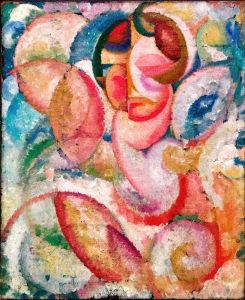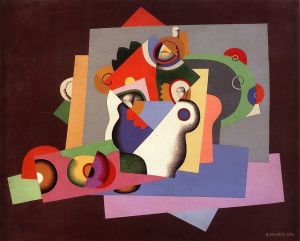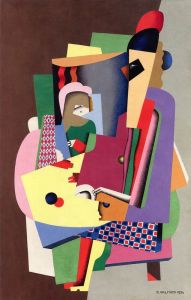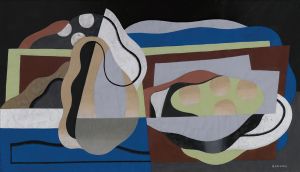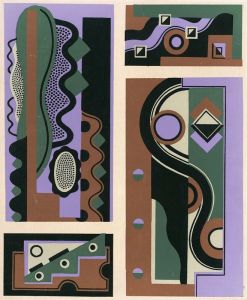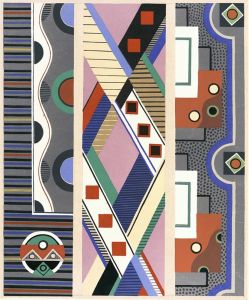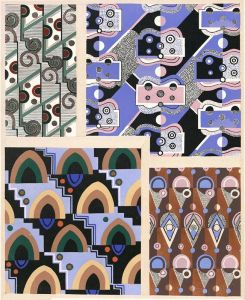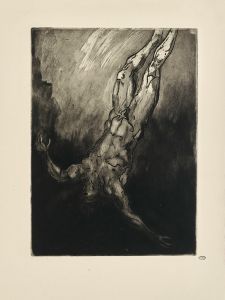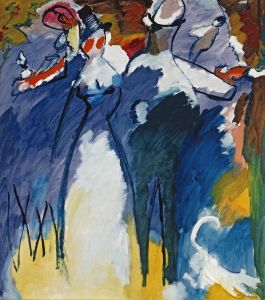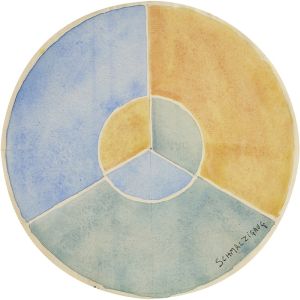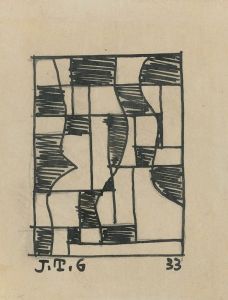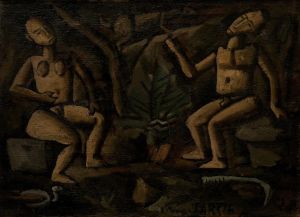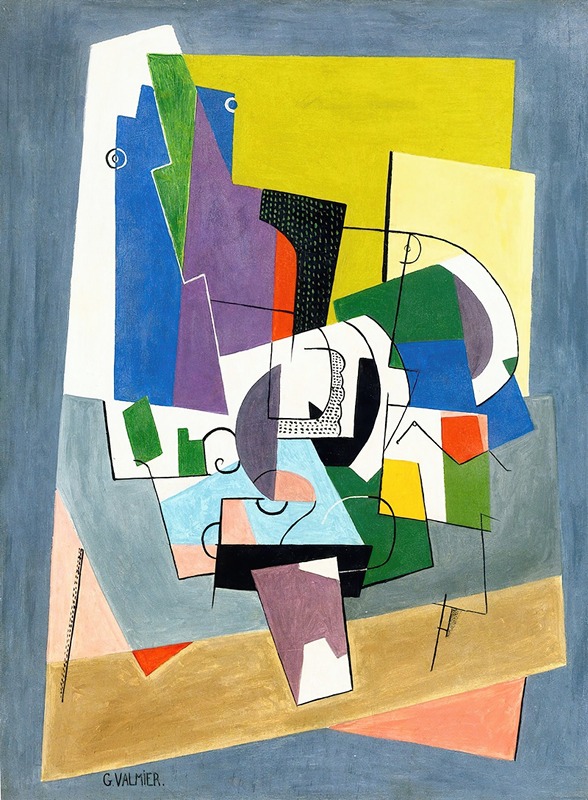
Composition
A hand-painted replica of Georges Valmier’s masterpiece Composition, meticulously crafted by professional artists to capture the true essence of the original. Each piece is created with museum-quality canvas and rare mineral pigments, carefully painted by experienced artists with delicate brushstrokes and rich, layered colors to perfectly recreate the texture of the original artwork. Unlike machine-printed reproductions, this hand-painted version brings the painting to life, infused with the artist’s emotions and skill in every stroke. Whether for personal collection or home decoration, it instantly elevates the artistic atmosphere of any space.
Georges Valmier was a French painter known for his contributions to the Cubist movement in the early 20th century. Born on April 11, 1885, in Angoulême, France, Valmier developed a distinctive style characterized by vibrant colors and geometric forms. His work, "Composition," is a testament to his mastery of Cubism and his innovative approach to abstract art.
Valmier's artistic journey began at a young age, and he pursued formal training at the École des Beaux-Arts in Paris. His early work was influenced by Impressionism, but he soon gravitated towards Cubism, inspired by artists like Pablo Picasso and Georges Braque. By the 1910s, Valmier had fully embraced the Cubist style, which is evident in his "Composition" paintings.
"Composition" by Georges Valmier is a series of works that exemplify the principles of Cubism. These paintings are characterized by their fragmented forms, where objects are broken down into geometric shapes and reassembled in abstract configurations. Valmier's use of bold colors and dynamic compositions sets his work apart from his contemporaries. He often employed a vivid palette, incorporating bright blues, reds, yellows, and greens, which added a sense of rhythm and movement to his paintings.
Valmier's "Composition" paintings reflect his interest in music and its relationship to visual art. He believed that painting, like music, could evoke emotions and convey complex ideas through form and color. This synesthetic approach is evident in the harmonious arrangement of shapes and the interplay of colors in his work. Valmier's compositions often resemble musical scores, with each element contributing to the overall harmony of the piece.
Throughout his career, Valmier remained committed to exploring the possibilities of abstraction. His work was exhibited in several prominent galleries and exhibitions, including the Salon des Indépendants and the Salon d'Automne in Paris. Despite his contributions to the art world, Valmier did not achieve widespread recognition during his lifetime. However, his work has since been reevaluated, and he is now considered an important figure in the development of abstract art.
Georges Valmier passed away on March 25, 1937, in Paris, leaving behind a legacy of innovative and influential artwork. His "Composition" paintings continue to be celebrated for their bold use of color and form, and they remain an important part of the history of modern art. Valmier's work is held in various public and private collections, and his influence can be seen in the work of later abstract artists who sought to push the boundaries of visual expression.





